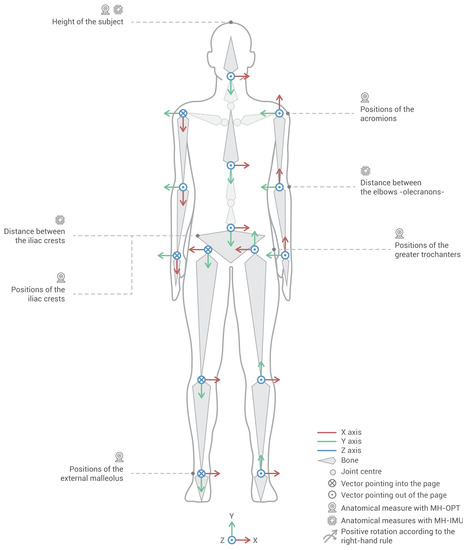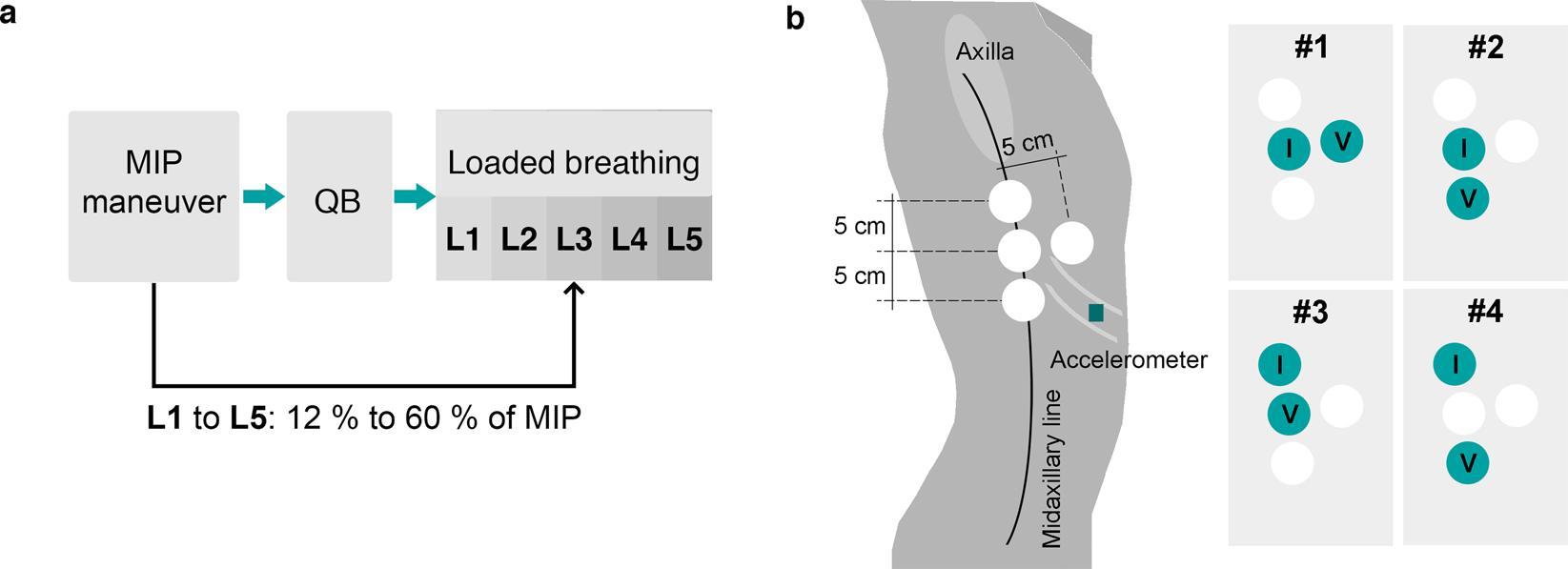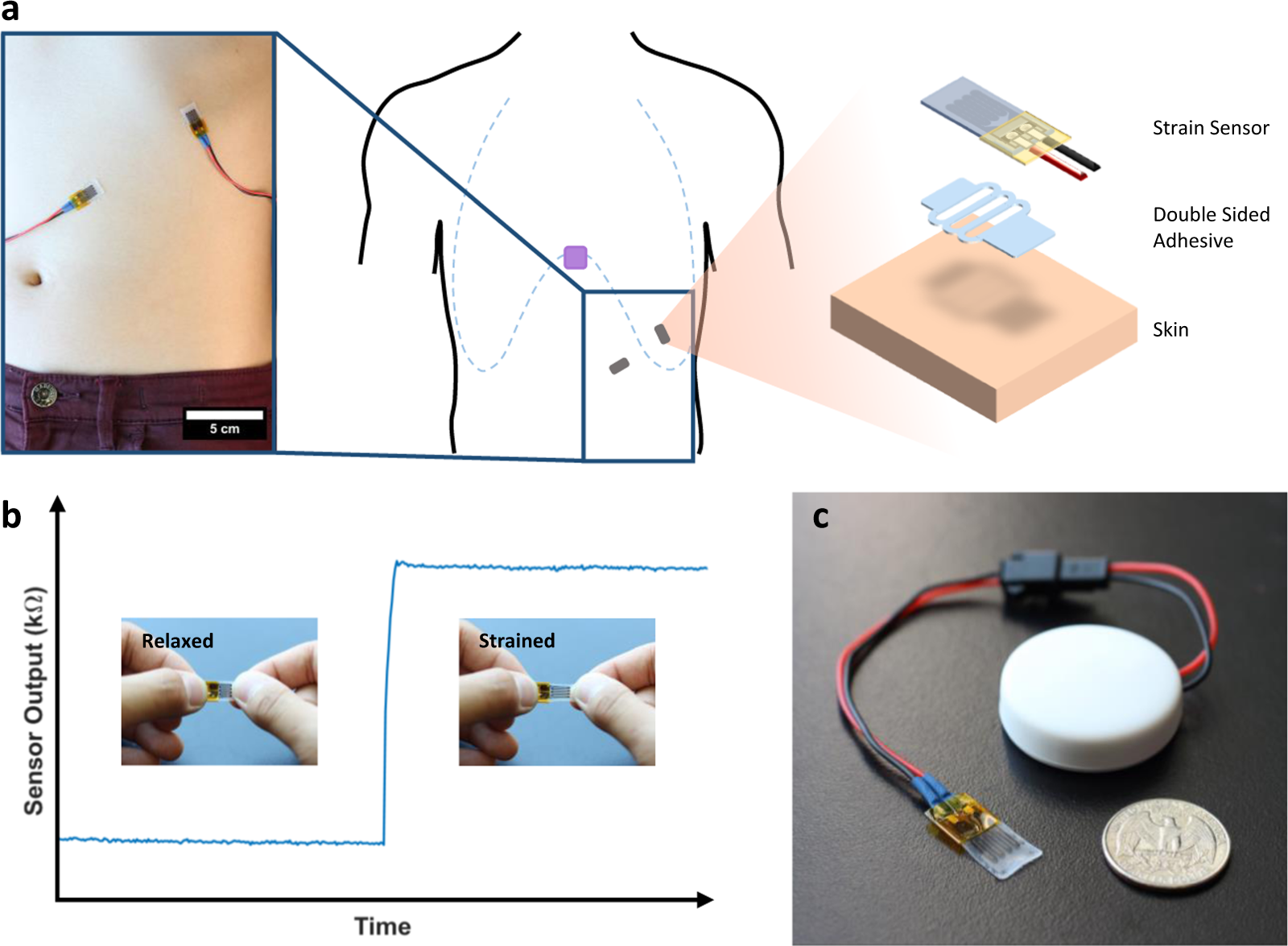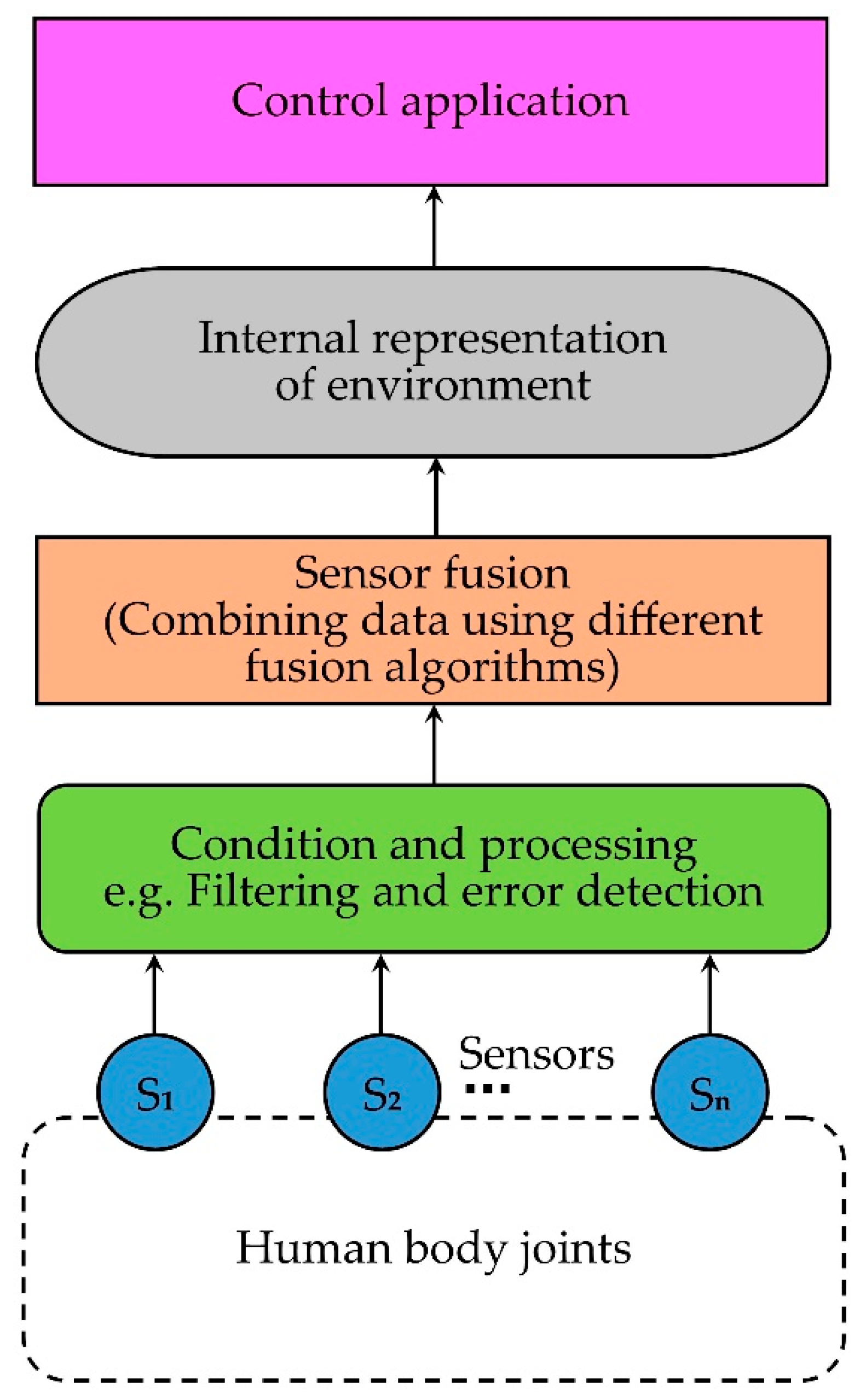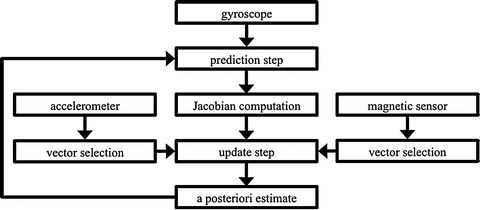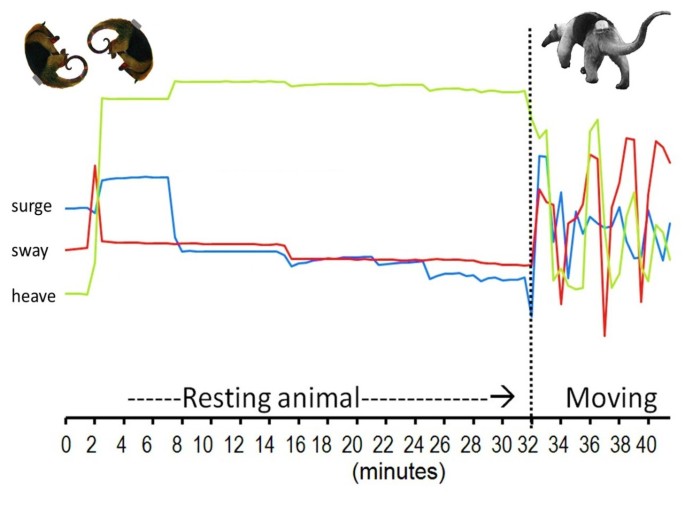Testing is not restricted to a laboratory environment. This redundancy is necessary to avoid singularities in the equations.

Pdf Direct Measurement Of Human Movement By Accelerometry
Accelerometry a technique for the measurement of human body movements. Tibial acceleration can be easily obtained from accelerometer data without complicated data processing therefore was favorable for real time monitoring and classification of different human activities. A summary of the indications for new systems of measurement is given with particular reference to the advantages and potential hazards in the use of accelerometers. Tibial acceleration was other commonly recorded parameters for human motion analysis. The present day benefits of using accelerometers to assess movement include. Accelerometry a technique for the measurement of human body movements. A literature review is presented on how accelerometry has been used to examine basic temporospatial gait parameters shock attenuation and segmental accelerations of the body during walking.
Accelerometers are small which enables subjects to walk relatively unrestricted. And direct measurement of 3d accelerations eliminates errors associated with differentiating displacement and velocity data. Notwithstanding that only 9 scalar unknowns must be identified 12 devices compose a minimum set of transducers. Conditions for the sensor placement are given. Printed in great britain accelerometry a technique for the measurement of human body movements j. The low cost compared to more commonly used gait laboratory equipment.
A variety of accelerometer designs offer diversity of dynamic range and sensitivity. The output of accelerometers attached to the upper body has provided useful insights into the motor control of normal walking age related differences in dynamic postural control and gait patterns in people with movement disorders. A literature review is presented on how accelerometry has been used to examine basic temporospatial gait parameters shock attenuation and segmental accelerations of the body during walking. The output of accelerometers attached to the upper body has provided useful insights into the motor control of normal. One such modern technique has been direct measurement by accelerometry which was first suggested in. Morris nuffield department of orthopaedic surgery university of oxford and department of engineering science university of oxford abstract a summary of the indications for new systems of measurement is given with par ticular reference to the advantages and potential hazards in the use of accelerometers.
A study of the movement of the shank or lower leg using accelerometers is reported. This paper identifies the minimum number of accelerometers necessary to measure rigid body acceleration. These studies have utilised modern day techniques to assess human movement in many illnesses. By using adequately assembled uniaxial accelerometric sensors an easy to manage measurement system can be obtained that estimates the three dimensional position and orientation pampo of a body segment through an appropriate analytical model.


